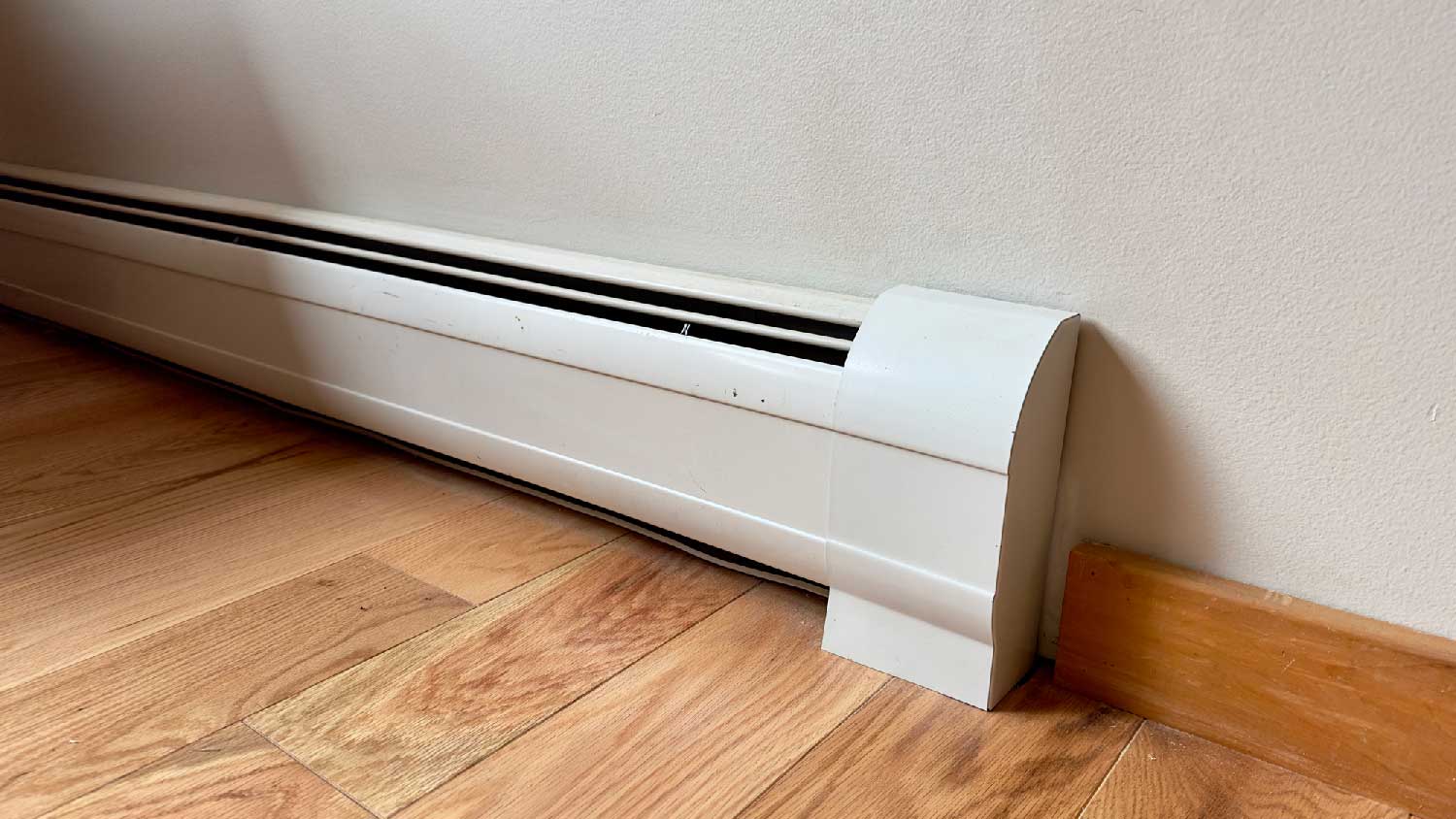
Exposed ductwork can be a smart choice even beyond aesthetics. Fortunately, exposed ductwork costs are relatively low, and easy access keeps repair costs to a minimum.
You might want to cool it before moving your patio heater indoors


Patio heaters use various sources to distribute heat to outdoor spaces.
There are 3 common types of patio heaters: propane, electric, and natural gas.
Electric patio heaters are the only kind suitable for indoor use, including inside a garage.
Check the owner’s manual to ensure your garage can handle the power your heater requires.
When the outdoor elements are less than favorable and you want to take your party to the garage, it helps to have a heater to increase the comfort level. Before making this move, you’ll need to determine whether you can use a patio heater in a garage.
Depending on the fuel source, not all patio heaters are suitable for indoor use. In fact, some are dangerous to use inside. Our guide can help you figure out which patio heaters are suitable for your garage, and which ones are better left outside.

The short answer is that it depends on the type of patio heater. A propane patio heater is definitely not safe to use in a garage since it requires open air or a well-ventilated area to prevent carbon monoxide poisoning.
However, an electric patio heater is safe to use in a garage so long as your electrical system can handle the power load the heater emits. You’ll want to check the specifications in the owner’s manual to ensure your garage heater doesn't blow a fuse or cause damage to your garage’s electrical system.
The most important factor to look for when purchasing or renting a heater for your garage is that it’s rated safe for indoor use. If you still have doubts, we highly recommend consulting a local heating specialist to determine whether it’s safe to move or install any type of heating system into your garage.
In most instances, electrical heaters are the safest type of heater to use in your garage. You can also look into a forced-air heater, or if you want a more permanent solution, consider installing radiant ceiling panels or a ductless mini-split system.
Depending on what type of patio heater you have, most work by using a source like gas, propane, or electricity to produce heat and push it through the outdoor air. They’re most often tall, standing units that you can move frequently or positioned in one spot. The type and number of patio heaters necessary will depend on the size of your space and whether it’s being used occasionally or year-round.
Patio heaters are not one-size-fits-all, which is great for homeowners who like to have options. In fact, they come in a variety of sizes and types to suit you and your outdoor needs.
Propane patio heaters use propane gas as their main fuel source. These types of portable heaters are best for large outdoor areas, such as campsites or patios, and come with an adjustable heat output. They’re also available in standing and tabletop models, depending on your needs.
As its name suggests, an electrical patio heater uses electricity to generate heat, so you’ll likely need an outdoor outlet or an extension cord in order to use one. They also tend to be more energy efficient but their range of heat is more limited than a propane heater.
Less portable than the other options, natural gas heaters connect to your home’s main gas line and provide continuous heat. They come in standing units that are less portable because they have to remain connected to the gas line. They are often less expensive and easier to maintain than propane heaters.
From average costs to expert advice, get all the answers you need to get your job done.

Exposed ductwork can be a smart choice even beyond aesthetics. Fortunately, exposed ductwork costs are relatively low, and easy access keeps repair costs to a minimum.

Air duct inspections ensure your ductwork is in tip-top shape. Learn all the air duct inspection cost factors that impact what you’ll pay.

The average boiler installation cost depends on size, system type, and other factors. Keep reading to learn the cost of a new boiler.

Discover the average wall heater installation cost, key price factors, and expert tips to help you budget and save on your next home heating project.

Are you considering adding a whole-house humidifier to your home? Keep reading to learn the pros and cons of a whole-house humidifier.

If you don’t regularly change out dirty furnace filters, it could seriously impact the air quality of your home. Keep reading to learn the many reasons why you should keep on top of your furnace filters, changing them every one to three months.